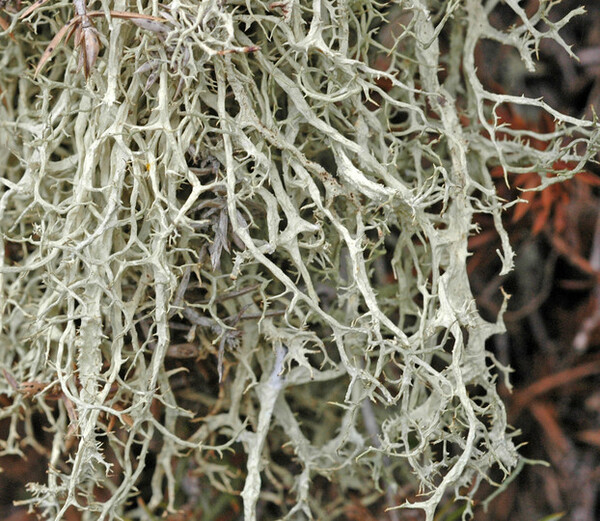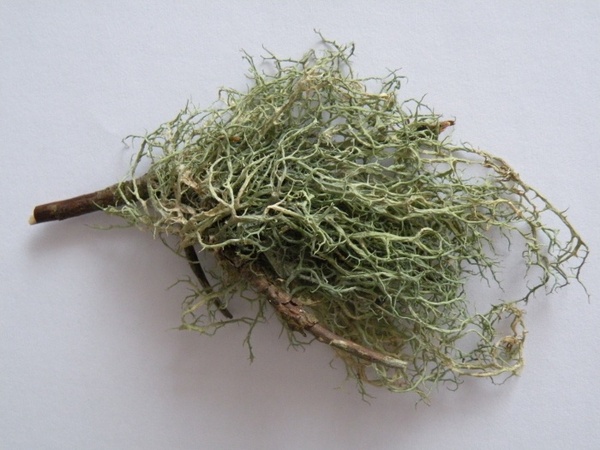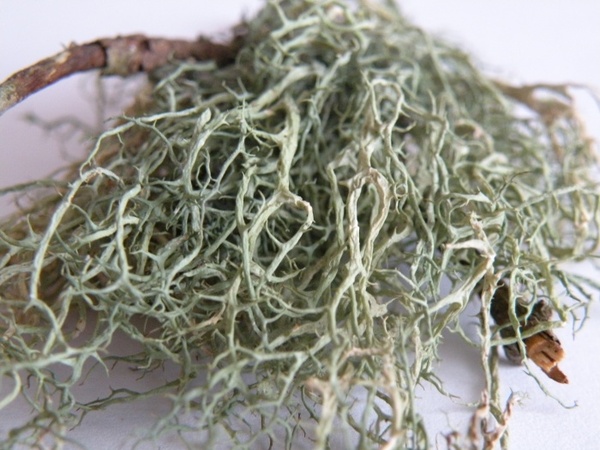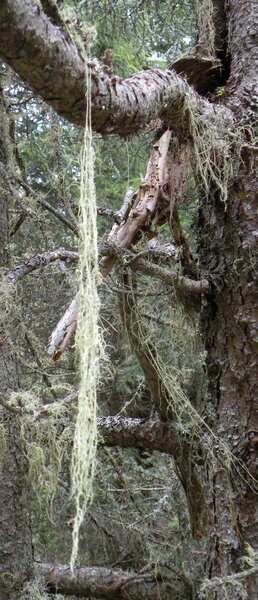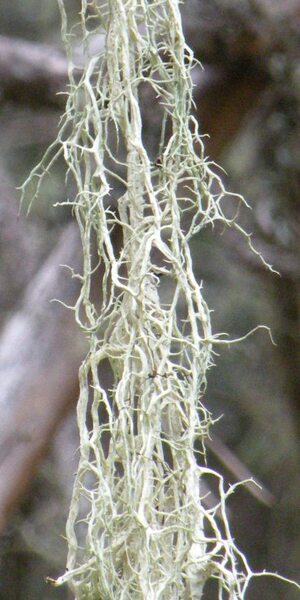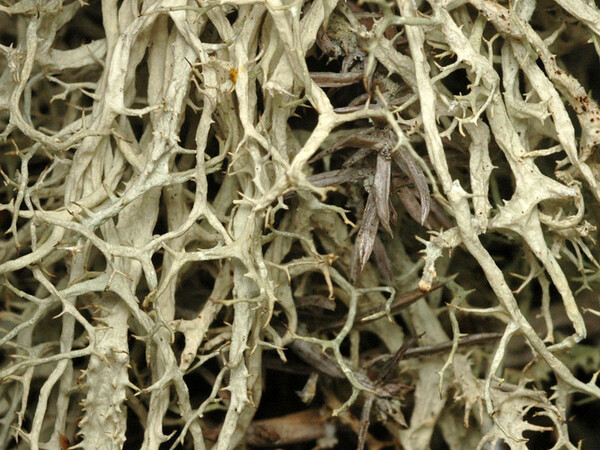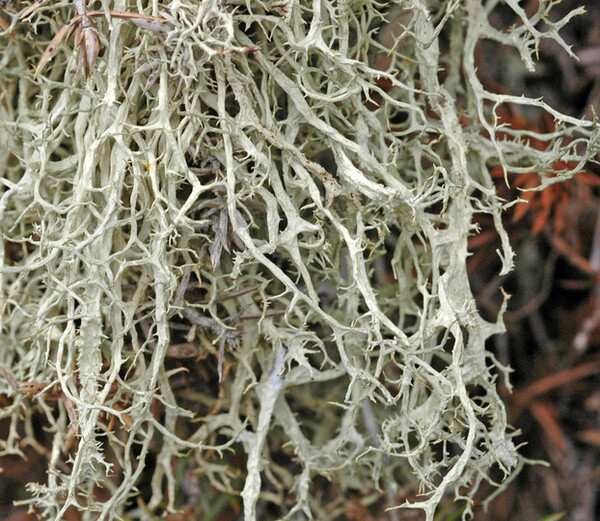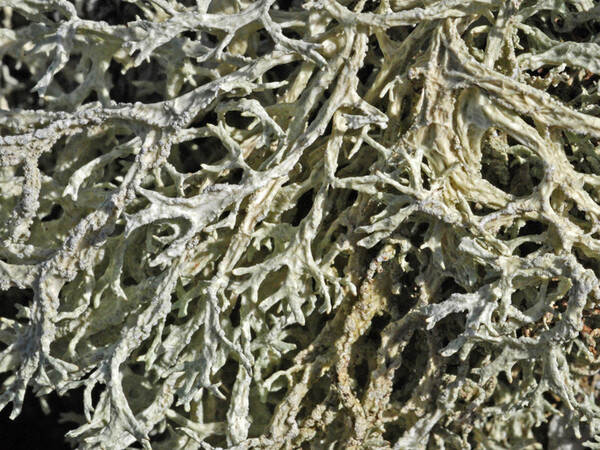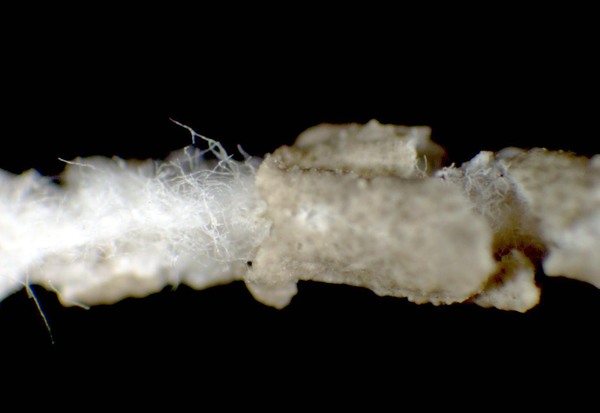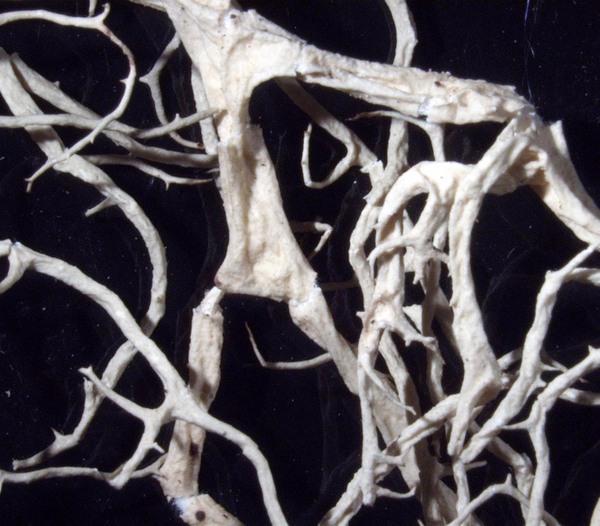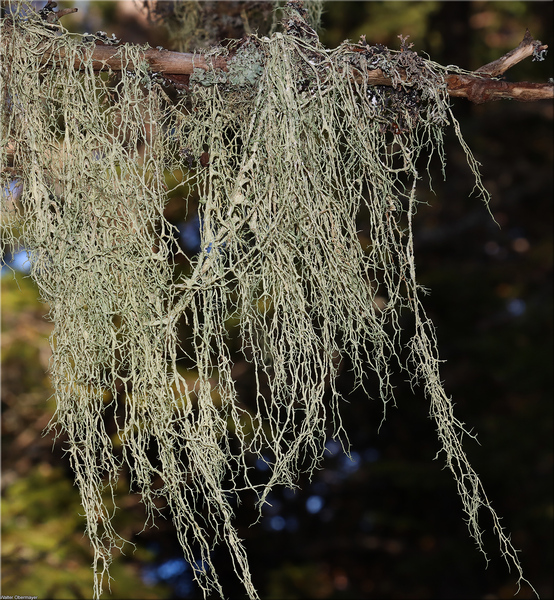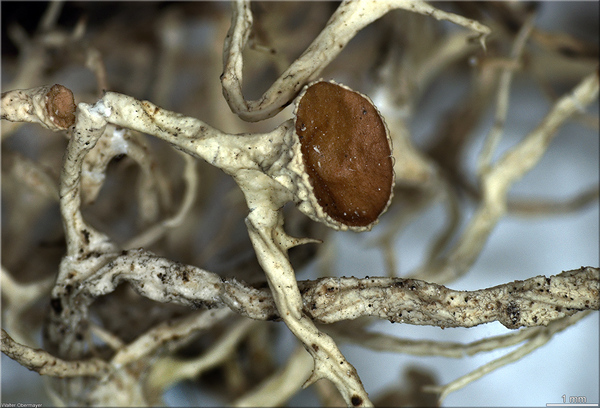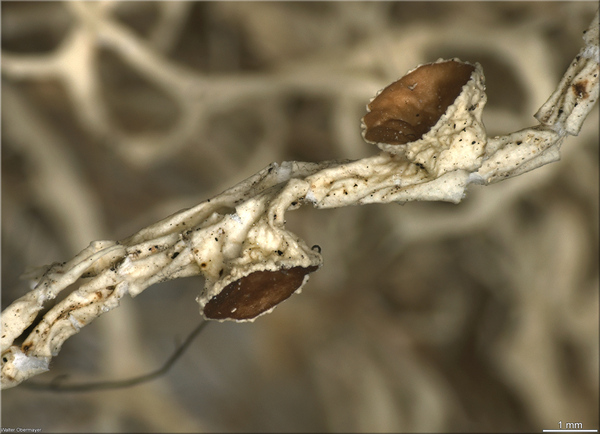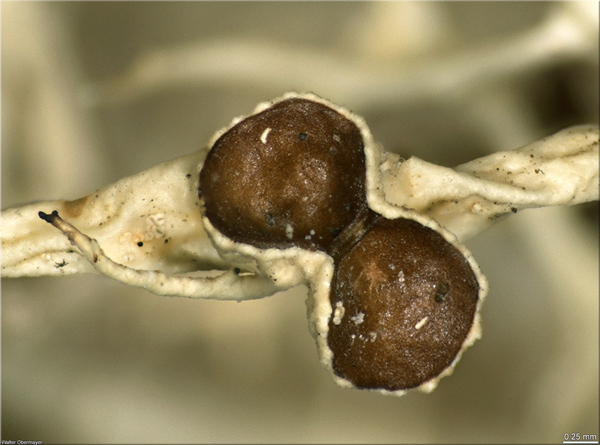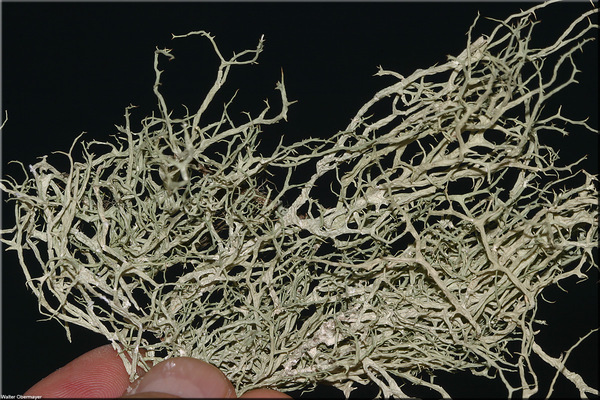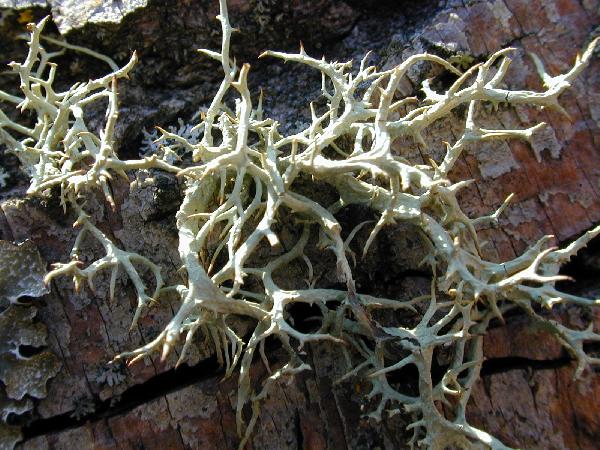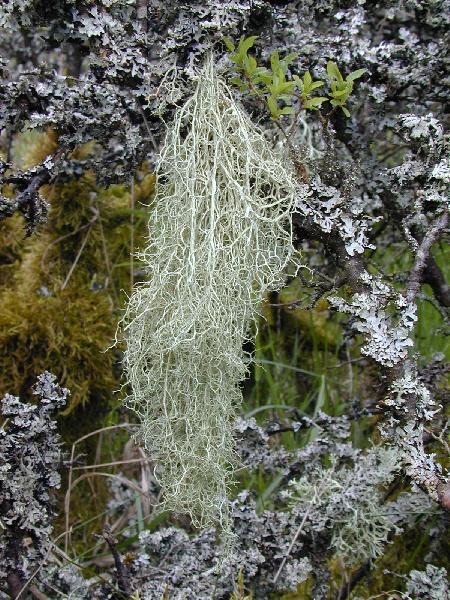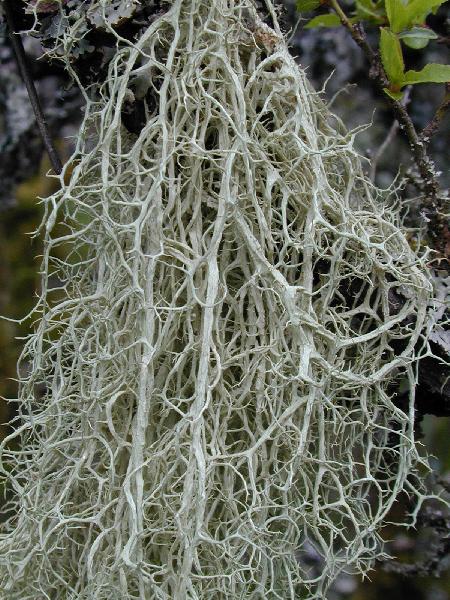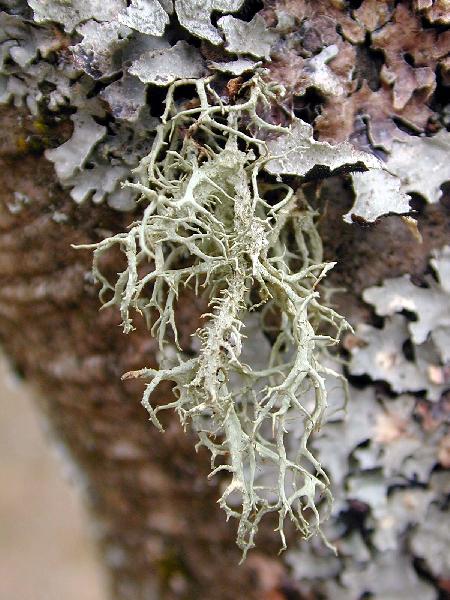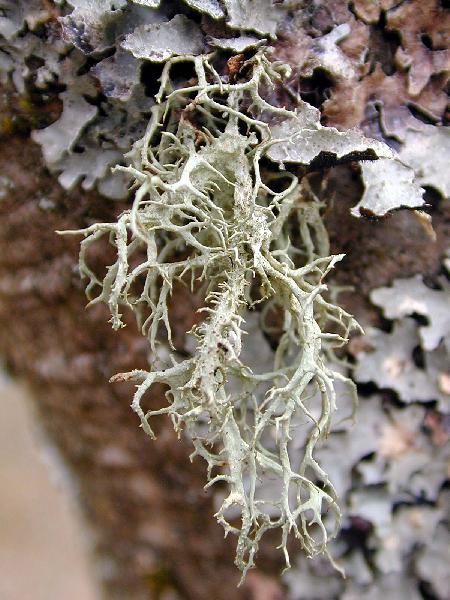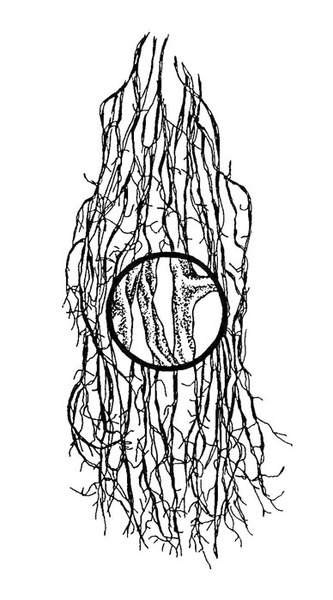Evernia divaricata (L.) Ach.
Lichenogr. Univ.: 441, 1810. Basionym: Lichen divaricatus L. - Syst. Nat., ed. 12., 2: 713, 1767.
Synonyms: Evernia perfragilis Llano?; Letharia divaricata (L.) Hue
Description: Thallus fruticose, pendulous and attached with a basal holdfast, rarely prostrate on soil and without a distinct holdfast, up to 35 cm long, not dorsiventral, pale greyish green to yellowish green on all sides, matt, richly but irregularly branched, with mostly obtuse axils, the main branches mostly parallel, sometimes entangled, subterete to angular, very soft, 0.5-1(-2.5) mm wide, smooth or with shallow longitudinal grooves, with scattered side branches, the tips sometimes darkened, subulate or abruptly acuminate. Cortex thin, of anticlinally arranged, small-celled hyphae, often degenerating in places, frequently cracking transversely in old specimens, exposing the medulla; medulla lax, more or less arachnoid but often coherent as a very soft central strand. Apothecia very rare, lecanorine, sessile, lateral on the main branches, 2-6(-8) mm across, with a brown, flat disc and a thin, wrinkled thalline margin. Proper exciple colourless; epithecium brownish, hymenium colourless; paraphyses mostly simple, thick, septate, hypothecium colourless. Asci 8-spored, clavate, the K/I+ blue tholus penetrated by a faintly amyloid apical cushion with parallel or diverging flanks, the wall K/I-, surrounded by a K/I+ blue outer layer, Lecanora-type. Ascospores 1-celled, hyaline, ellipsoid, 6-8(-10) x 4-5(-8) µm. Pycnidia very rare, laminal or terminal on short branches, immersed, blackish around the ostiole. Conidia pleurogenous, needle-like. Photobiont chlorococcoid. Spot tests: cortex K-, C-, KC- or KC+ yellowish, P-; medulla K-, KC-, P-, UV+ ice-blue. Chemistry: cortex with usnic acid (often in low amounts); medulla with divaricatic acid.
Growth form: Fruticose
Substrata: bark
Photobiont: green algae other than Trentepohlia
Reproductive strategy: mainly asexual, by thallus fragmentation
Commonnes-rarity: (info)
Alpine belt: absent
Subalpine belt: rare
Montane belt: rather rare
Dry submediterranean belt: absent
Humid submediterranean belt: absent
Padanian area: absent
pH of the substrata:
1 2 3 4 5
Solar irradiation:
1 2 3 4 5
Aridity:
1 2 3 4 5
Eutrophication:
1 2 3 4 5
Poleotolerance:
0 1 2 3
Altitudinal distribution:
1 2 3 4 5 6
Rarity
absent
extremely rare
very rare
rare
rather rare
rather common
common
very common
extremely common
Loading data...
Occurrence data
Predictive map
 Current prediction (1981-2010)
Current prediction (1981-2010)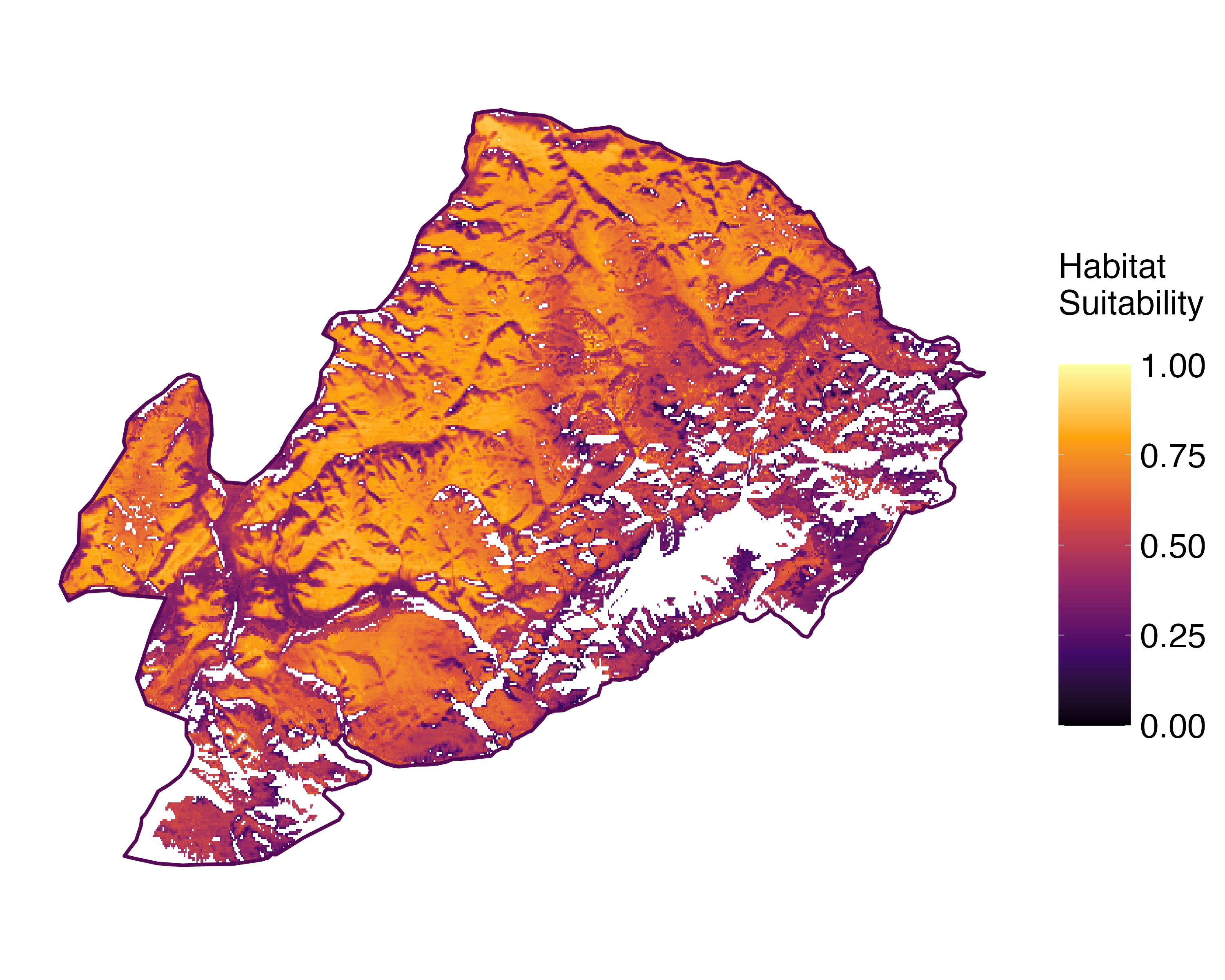 Future prediction (2071-2100) SSP 1-2.6
Future prediction (2071-2100) SSP 1-2.6 Future prediction (2071-2100) SSP 5-8.5Predictive maps according to Francesconi et al. 2025
Future prediction (2071-2100) SSP 5-8.5Predictive maps according to Francesconi et al. 2025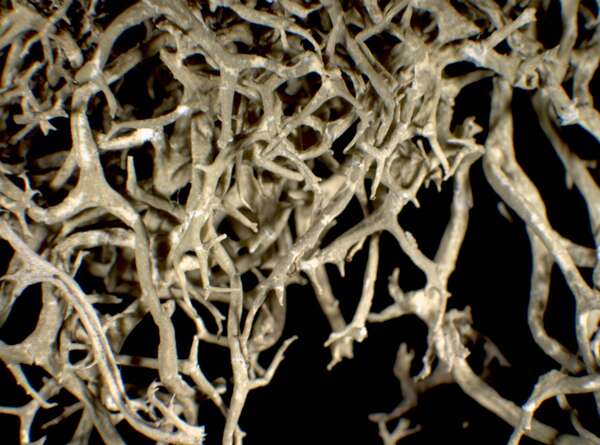
P.L. Nimis; Owner: Department of Life Sciences, University of Trieste
Herbarium: TSB (26706)
2001/12/12
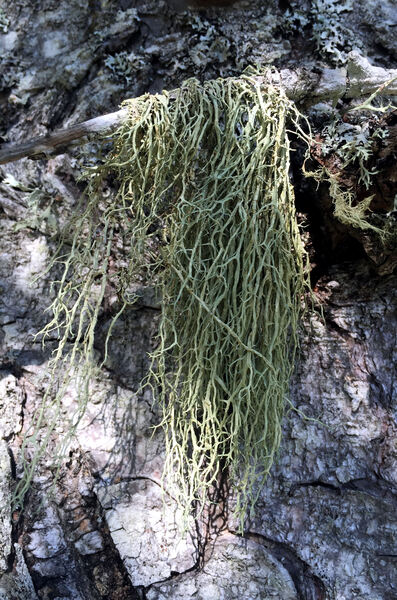
P.L. Nimis; Owner: Department of Life Sciences, University of Trieste
Italy, Friuli Venezia Giulia, Udine, Passo del Pura, Ampezzo Carnico, 1400 m
09.09.2016
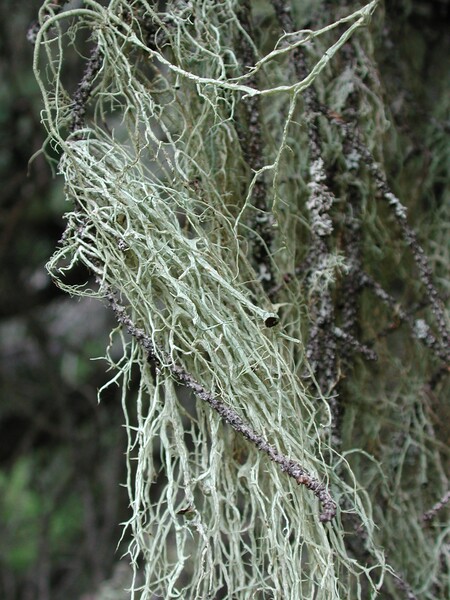
Juri Nascimbene – CC BY-SA 4.0; Owner: Department of ùLife Sciences, University of Trieste
Danta, Italy
2006
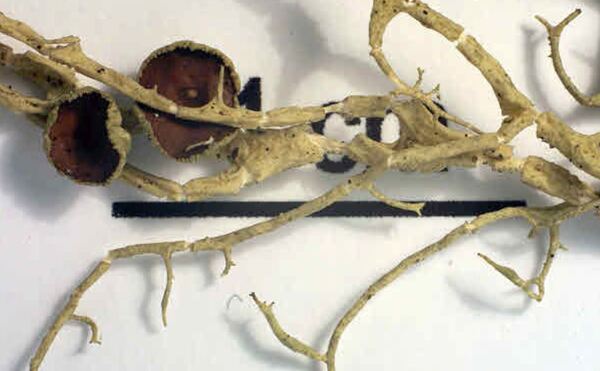
Felix Schumm – CC BY-SA 4.0
[827], Österreich, Land Salzburg, Tennengebirge (bei Bischofshofen), Anton-Proksch-Haus bei Werfenweng, am Ladenberg, ca. 1620 m. Leg. Schumm 24.08.1969, det. Schumm 1969. TLC: p063/6: divaricatic acid; mit Apothecien !.
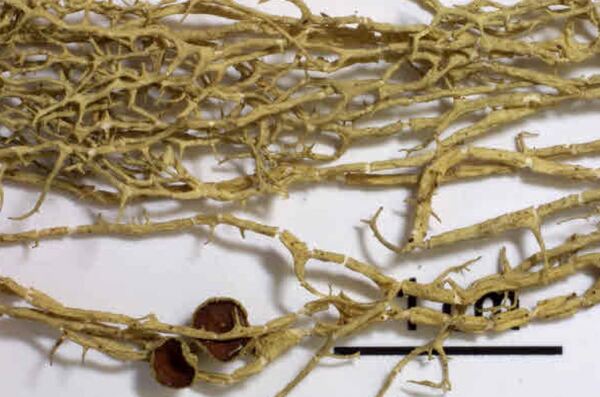
Felix Schumm – CC BY-SA 4.0
[827], Österreich, Land Salzburg, Tennengebirge (bei Bischofshofen), Anton-Proksch-Haus bei Werfenweng, am Ladenberg, ca. 1620 m. Leg. Schumm 24.08.1969, det. Schumm 1969. TLC: p063/6: divaricatic acid; mit Apothecien !.
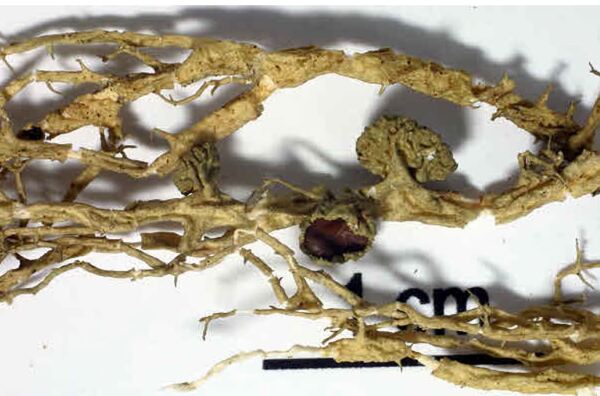
Felix Schumm – CC BY-SA 4.0
[827], Österreich, Land Salzburg, Tennengebirge (bei Bischofshofen), Anton-Proksch-Haus bei Werfenweng, am Ladenberg, ca. 1620 m. Leg. Schumm 24.08.1969, det. Schumm 1969. TLC: p063/6: divaricatic acid; mit Apothecien !.
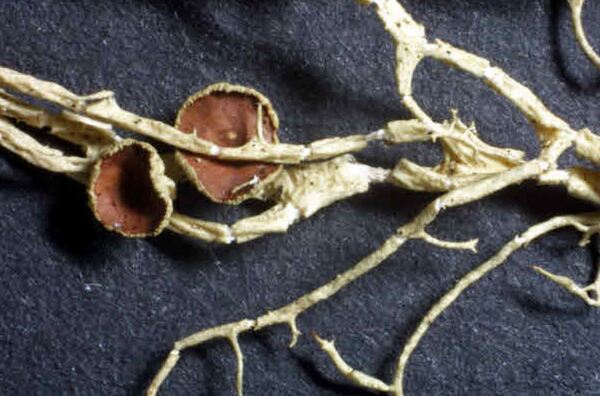
Felix Schumm – CC BY-SA 4.0
[827], Österreich, Land Salzburg, Tennengebirge (bei Bischofshofen), Anton-Proksch-Haus bei Werfenweng, am Ladenberg, ca. 1620 m. Leg. Schumm 24.08.1969, det. Schumm 1969. TLC: p063/6: divaricatic acid; mit Apothecien !.
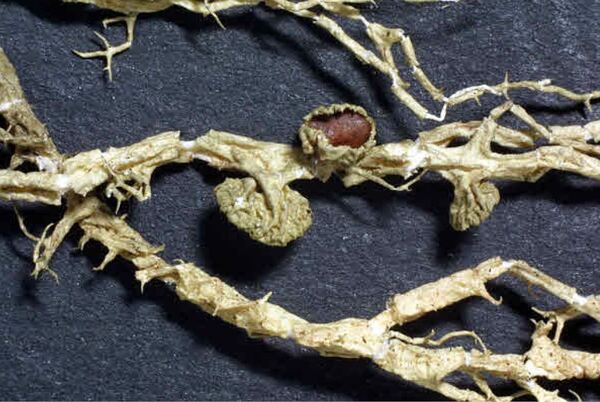
Felix Schumm – CC BY-SA 4.0
[827], Österreich, Land Salzburg, Tennengebirge (bei Bischofshofen), Anton-Proksch-Haus bei Werfenweng, am Ladenberg, ca. 1620 m. Leg. Schumm 24.08.1969, det. Schumm 1969. TLC: p063/6: divaricatic acid; mit Apothecien !.
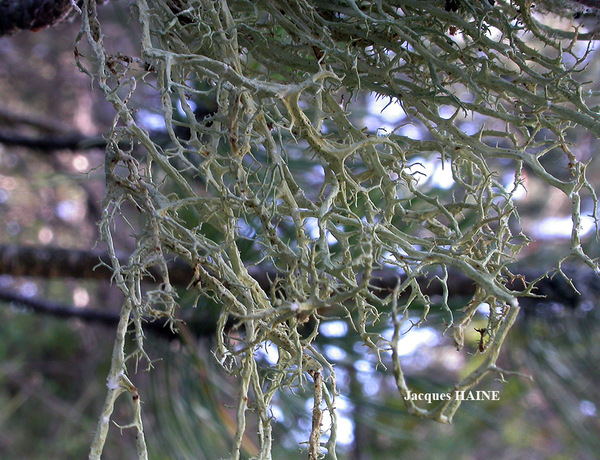
Jacques Haine - Source: http://www.lichensmaritimes.org/index.php?task=fiche&lichen=867&lang=en
France, Vercors Massif, 1400 m
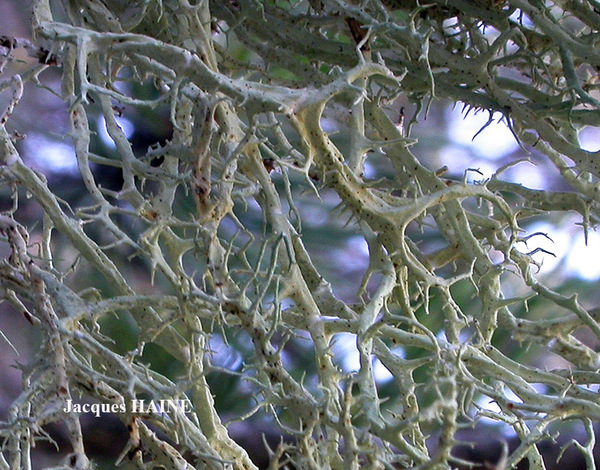
Jacques Haine - Source: http://www.lichensmaritimes.org/index.php?task=fiche&lichen=867&lang=en
France, Vercors Massif, 1400 m
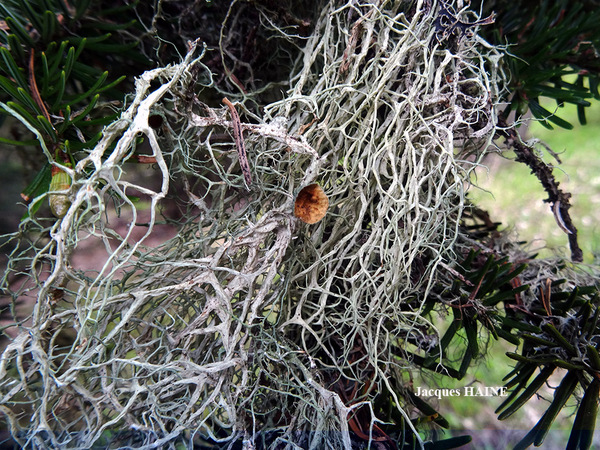
Jacques Haine - Source: http://www.lichensmaritimes.org/index.php?task=fiche&lichen=867&lang=en
France, Vercors Massif, 1400 m
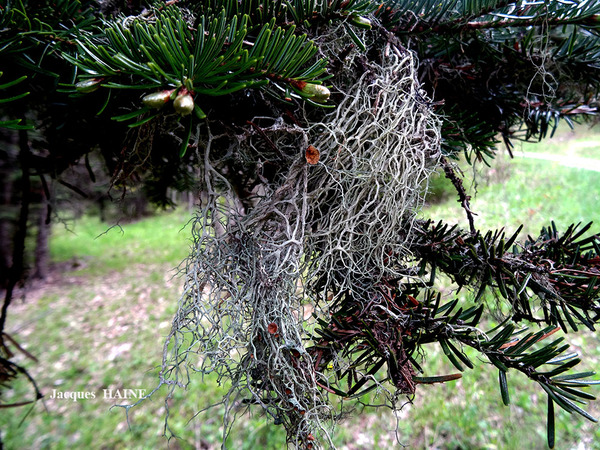
Jacques Haine - Source: http://www.lichensmaritimes.org/index.php?task=fiche&lichen=867&lang=en
France, Vercors Massif, 1400 m
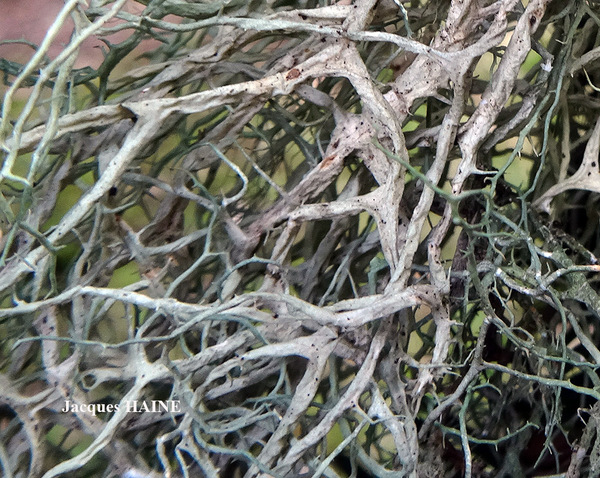
Jacques Haine - Source: http://www.lichensmaritimes.org/index.php?task=fiche&lichen=867&lang=en
France, Vercors Massif, 1400 m
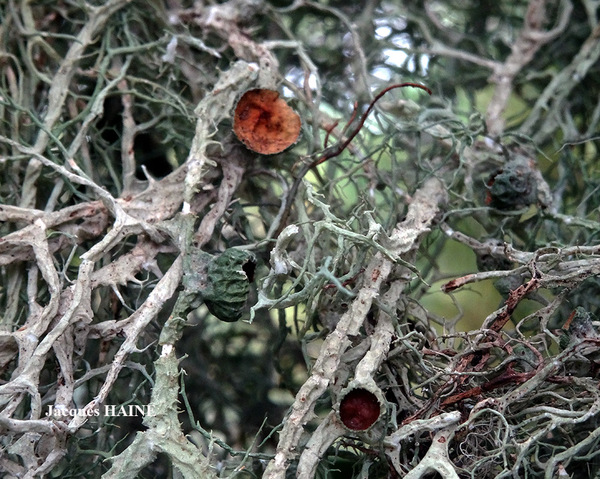
Jacques Haine - Source: http://www.lichensmaritimes.org/index.php?task=fiche&lichen=867&lang=en
France, Vercors Massif, 1400 m
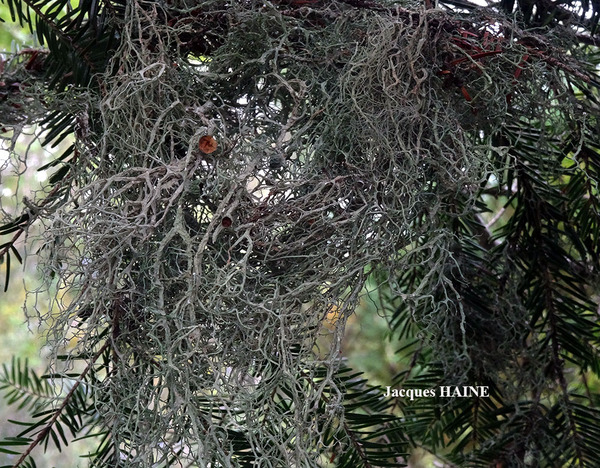
Jacques Haine - Source: http://www.lichensmaritimes.org/index.php?task=fiche&lichen=867&lang=en
France, Vercors Massif, 1400 m
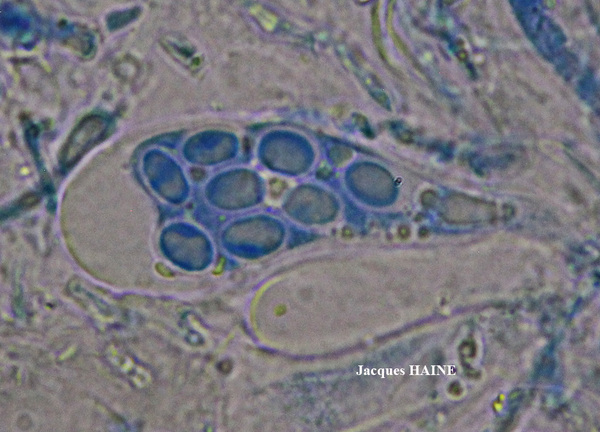
Jacques Haine - Source: http://www.lichensmaritimes.org/index.php?task=fiche&lichen=867&lang=en
France, Vercors Massif, 1400 m
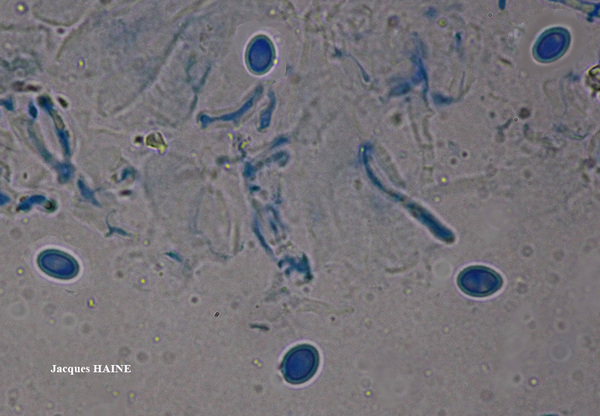
Jacques Haine - Source: http://www.lichensmaritimes.org/index.php?task=fiche&lichen=867&lang=en
France, Vercors Massif, 1400 m
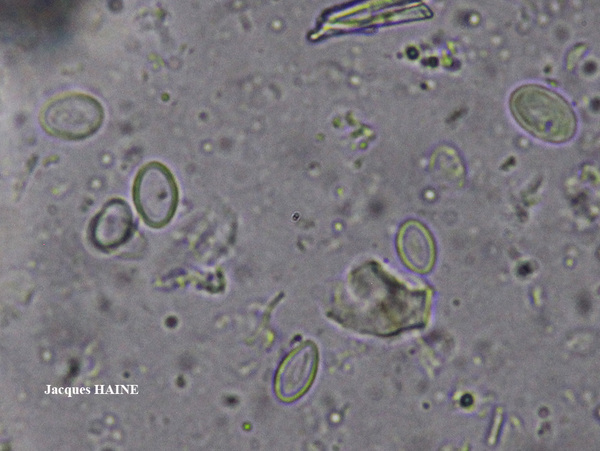
Jacques Haine - Source: http://www.lichensmaritimes.org/index.php?task=fiche&lichen=867&lang=en
France, Vercors Massif, 1400 m
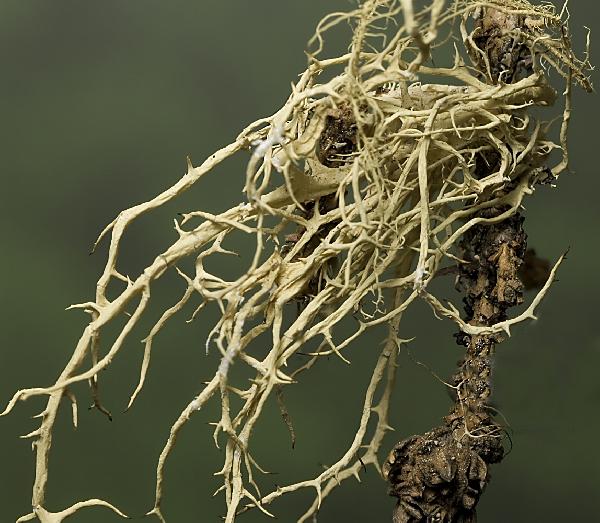
Ulrich Kirschbaum CC BY-SA 4.0 - Source: https://www.thm.de/lse/ulrich-kirschbaum/flechtenbilder
Austria: Alps
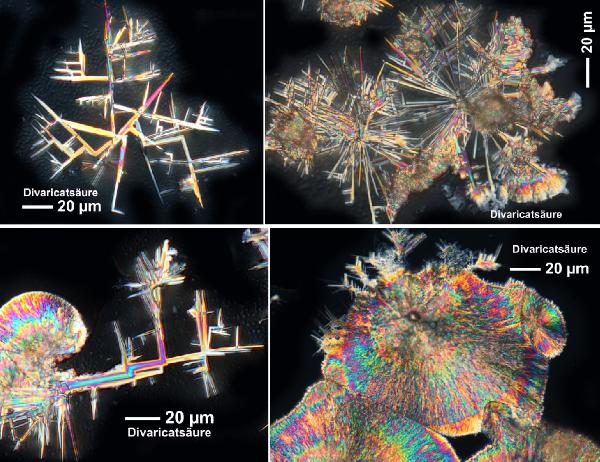
Felix Schumm - CC BY-SA 4.0
Divaricatic acid
Leicht kenntlich an den typischen rechtwinkligen Verzweigungen. Meist schon im eingetrockneten
Acetonextrakt zu sehen. Manchmal allerdings runde, scheibenförmige Cluster bildend, die
dann eine Zuordnung ohne Umkritallisation nicht erschweren.
Umkristallisation in heißem bis kochendem G.E., Kristalle in 15-20 Minuten.
Auch GAW eignet sich (gleiche Bilder)
Hilfreich zur Unterscheidung von Sekikasäure und Divaricatsäure bei Ramalinen, da diese imTLC
fast gleiche Rf-Werte haben.
Standardflechte: Evernia divaricata
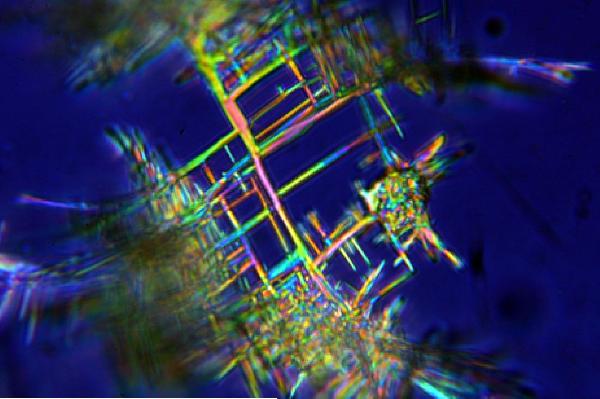
Felix Schumm - CC BY-SA 4.0
Divaricatic acid
Leicht kenntlich an den typischen rechtwinkligen Verzweigungen. Meist schon im eingetrockneten
Acetonextrakt zu sehen. Manchmal allerdings runde, scheibenförmige Cluster bildend, die
dann eine Zuordnung ohne Umkritallisation nicht erschweren.
Umkristallisation in heißem bis kochendem G.E., Kristalle in 15-20 Minuten.
Auch GAW eignet sich (gleiche Bilder)
Hilfreich zur Unterscheidung von Sekikasäure und Divaricatsäure bei Ramalinen, da diese imTLC
fast gleiche Rf-Werte haben.
Standardflechte: Evernia divaricata
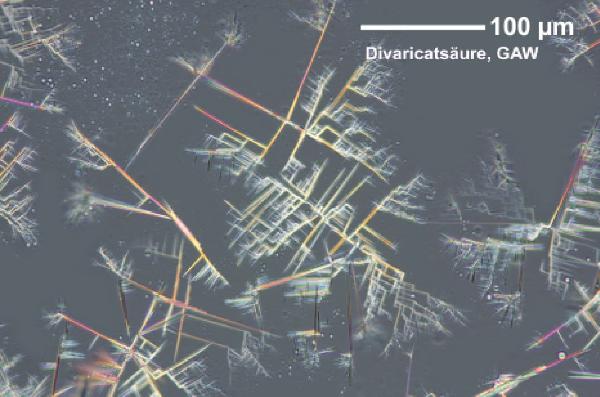
Felix Schumm - CC BY-SA 4.0
Divaricatic acid
Leicht kenntlich an den typischen rechtwinkligen Verzweigungen. Meist schon im eingetrockneten
Acetonextrakt zu sehen. Manchmal allerdings runde, scheibenförmige Cluster bildend, die
dann eine Zuordnung ohne Umkritallisation nicht erschweren.
Umkristallisation in heißem bis kochendem G.E., Kristalle in 15-20 Minuten.
Auch GAW eignet sich (gleiche Bilder)
Hilfreich zur Unterscheidung von Sekikasäure und Divaricatsäure bei Ramalinen, da diese imTLC
fast gleiche Rf-Werte haben.
Standardflechte: Evernia divaricata

Collezione lichenologica Abramo Massalongo del Museo di Storia Naturale G. Ligabue di Venezia - Autori: Seggi, Linda; Trabucco, Raffaella Proprietà: Fondazione Musei Civici di Venezia - CC BY-NC
Italy, Veneto, in alp. Cadubriae Bereng!
Growth form: Fruticose
Substrata: bark
Photobiont: green algae other than Trentepohlia
Reproductive strategy: mainly asexual, by thallus fragmentation
Commonnes-rarity: (info)
Alpine belt: absent
Subalpine belt: rare
Montane belt: rather rare
Dry submediterranean belt: absent
Humid submediterranean belt: absent
Padanian area: absent
pH of the substrata:
| 1 | 2 | 3 | 4 | 5 |
Solar irradiation:
| 1 | 2 | 3 | 4 | 5 |
Aridity:
| 1 | 2 | 3 | 4 | 5 |
Eutrophication:
| 1 | 2 | 3 | 4 | 5 |
Poleotolerance:
| 0 | 1 | 2 | 3 |
Altitudinal distribution:
| 1 | 2 | 3 | 4 | 5 | 6 |
Rarity
absent
extremely rare
very rare
rare
rather rare
rather common
common
very common
extremely common
Loading data...
Occurrence data
Predictive map
 Current prediction (1981-2010)
Current prediction (1981-2010) Future prediction (2071-2100) SSP 1-2.6
Future prediction (2071-2100) SSP 1-2.6 Future prediction (2071-2100) SSP 5-8.5
Future prediction (2071-2100) SSP 5-8.5Predictive maps according to Francesconi et al. 2025

P.L. Nimis; Owner: Department of Life Sciences, University of Trieste
Herbarium: TSB (26706)
2001/12/12

P.L. Nimis; Owner: Department of Life Sciences, University of Trieste
Italy, Friuli Venezia Giulia, Udine, Passo del Pura, Ampezzo Carnico, 1400 m
09.09.2016

Juri Nascimbene – CC BY-SA 4.0; Owner: Department of ùLife Sciences, University of Trieste
Danta, Italy
2006

Felix Schumm – CC BY-SA 4.0
[827], Österreich, Land Salzburg, Tennengebirge (bei Bischofshofen), Anton-Proksch-Haus bei Werfenweng, am Ladenberg, ca. 1620 m. Leg. Schumm 24.08.1969, det. Schumm 1969. TLC: p063/6: divaricatic acid; mit Apothecien !.

Felix Schumm – CC BY-SA 4.0
[827], Österreich, Land Salzburg, Tennengebirge (bei Bischofshofen), Anton-Proksch-Haus bei Werfenweng, am Ladenberg, ca. 1620 m. Leg. Schumm 24.08.1969, det. Schumm 1969. TLC: p063/6: divaricatic acid; mit Apothecien !.

Felix Schumm – CC BY-SA 4.0
[827], Österreich, Land Salzburg, Tennengebirge (bei Bischofshofen), Anton-Proksch-Haus bei Werfenweng, am Ladenberg, ca. 1620 m. Leg. Schumm 24.08.1969, det. Schumm 1969. TLC: p063/6: divaricatic acid; mit Apothecien !.

Felix Schumm – CC BY-SA 4.0
[827], Österreich, Land Salzburg, Tennengebirge (bei Bischofshofen), Anton-Proksch-Haus bei Werfenweng, am Ladenberg, ca. 1620 m. Leg. Schumm 24.08.1969, det. Schumm 1969. TLC: p063/6: divaricatic acid; mit Apothecien !.

Felix Schumm – CC BY-SA 4.0
[827], Österreich, Land Salzburg, Tennengebirge (bei Bischofshofen), Anton-Proksch-Haus bei Werfenweng, am Ladenberg, ca. 1620 m. Leg. Schumm 24.08.1969, det. Schumm 1969. TLC: p063/6: divaricatic acid; mit Apothecien !.

Jacques Haine - Source: http://www.lichensmaritimes.org/index.php?task=fiche&lichen=867&lang=en
France, Vercors Massif, 1400 m

Jacques Haine - Source: http://www.lichensmaritimes.org/index.php?task=fiche&lichen=867&lang=en
France, Vercors Massif, 1400 m

Jacques Haine - Source: http://www.lichensmaritimes.org/index.php?task=fiche&lichen=867&lang=en
France, Vercors Massif, 1400 m

Jacques Haine - Source: http://www.lichensmaritimes.org/index.php?task=fiche&lichen=867&lang=en
France, Vercors Massif, 1400 m

Jacques Haine - Source: http://www.lichensmaritimes.org/index.php?task=fiche&lichen=867&lang=en
France, Vercors Massif, 1400 m

Jacques Haine - Source: http://www.lichensmaritimes.org/index.php?task=fiche&lichen=867&lang=en
France, Vercors Massif, 1400 m

Jacques Haine - Source: http://www.lichensmaritimes.org/index.php?task=fiche&lichen=867&lang=en
France, Vercors Massif, 1400 m

Jacques Haine - Source: http://www.lichensmaritimes.org/index.php?task=fiche&lichen=867&lang=en
France, Vercors Massif, 1400 m

Jacques Haine - Source: http://www.lichensmaritimes.org/index.php?task=fiche&lichen=867&lang=en
France, Vercors Massif, 1400 m

Jacques Haine - Source: http://www.lichensmaritimes.org/index.php?task=fiche&lichen=867&lang=en
France, Vercors Massif, 1400 m

Ulrich Kirschbaum CC BY-SA 4.0 - Source: https://www.thm.de/lse/ulrich-kirschbaum/flechtenbilder
Austria: Alps

Felix Schumm - CC BY-SA 4.0
Divaricatic acid Leicht kenntlich an den typischen rechtwinkligen Verzweigungen. Meist schon im eingetrockneten Acetonextrakt zu sehen. Manchmal allerdings runde, scheibenförmige Cluster bildend, die dann eine Zuordnung ohne Umkritallisation nicht erschweren. Umkristallisation in heißem bis kochendem G.E., Kristalle in 15-20 Minuten. Auch GAW eignet sich (gleiche Bilder) Hilfreich zur Unterscheidung von Sekikasäure und Divaricatsäure bei Ramalinen, da diese imTLC fast gleiche Rf-Werte haben. Standardflechte: Evernia divaricata

Felix Schumm - CC BY-SA 4.0
Divaricatic acid Leicht kenntlich an den typischen rechtwinkligen Verzweigungen. Meist schon im eingetrockneten Acetonextrakt zu sehen. Manchmal allerdings runde, scheibenförmige Cluster bildend, die dann eine Zuordnung ohne Umkritallisation nicht erschweren. Umkristallisation in heißem bis kochendem G.E., Kristalle in 15-20 Minuten. Auch GAW eignet sich (gleiche Bilder) Hilfreich zur Unterscheidung von Sekikasäure und Divaricatsäure bei Ramalinen, da diese imTLC fast gleiche Rf-Werte haben. Standardflechte: Evernia divaricata

Felix Schumm - CC BY-SA 4.0
Divaricatic acid Leicht kenntlich an den typischen rechtwinkligen Verzweigungen. Meist schon im eingetrockneten Acetonextrakt zu sehen. Manchmal allerdings runde, scheibenförmige Cluster bildend, die dann eine Zuordnung ohne Umkritallisation nicht erschweren. Umkristallisation in heißem bis kochendem G.E., Kristalle in 15-20 Minuten. Auch GAW eignet sich (gleiche Bilder) Hilfreich zur Unterscheidung von Sekikasäure und Divaricatsäure bei Ramalinen, da diese imTLC fast gleiche Rf-Werte haben. Standardflechte: Evernia divaricata



